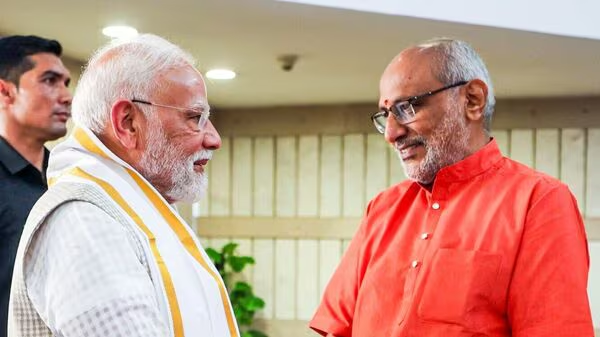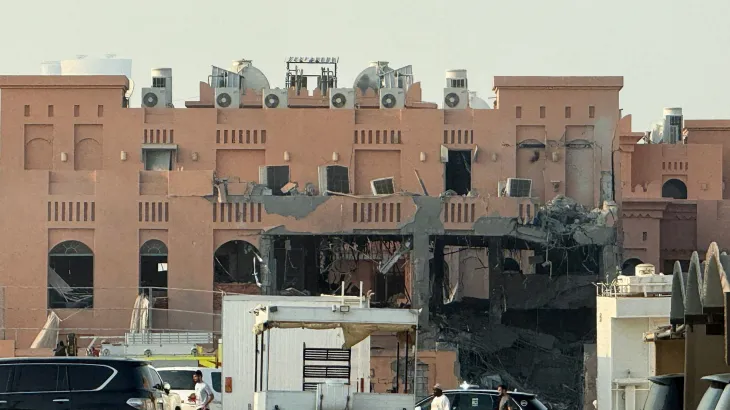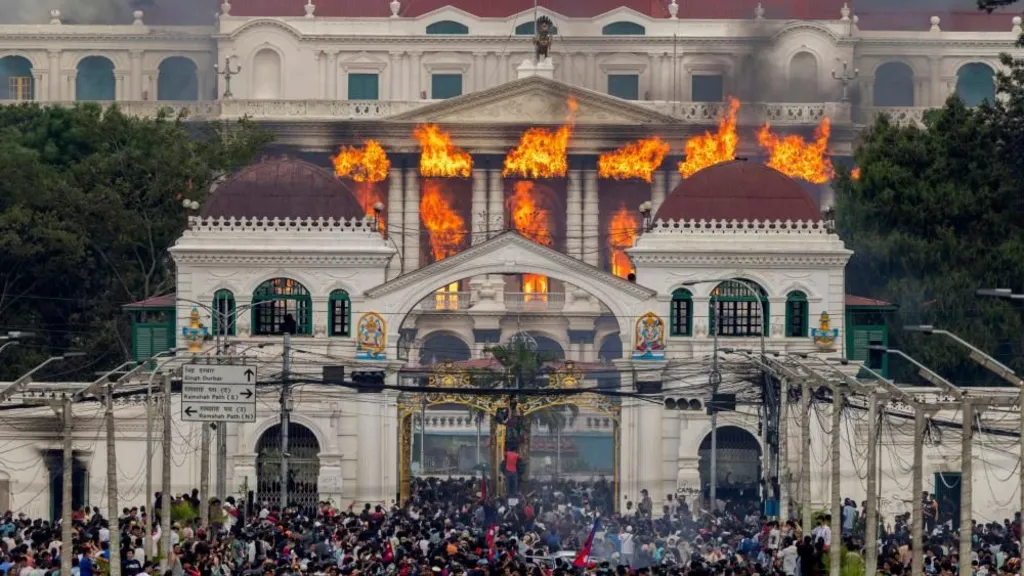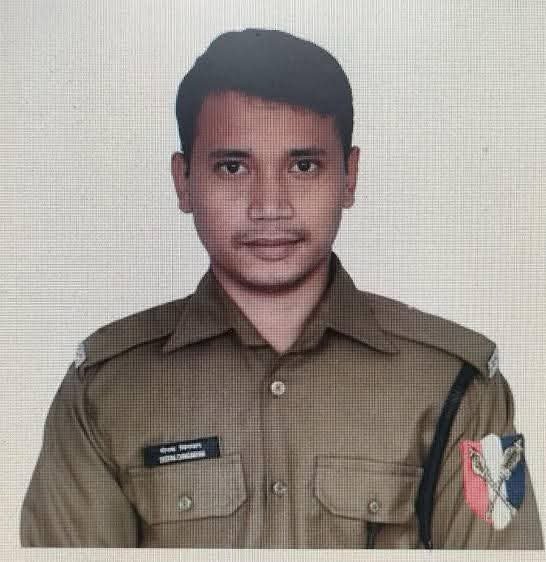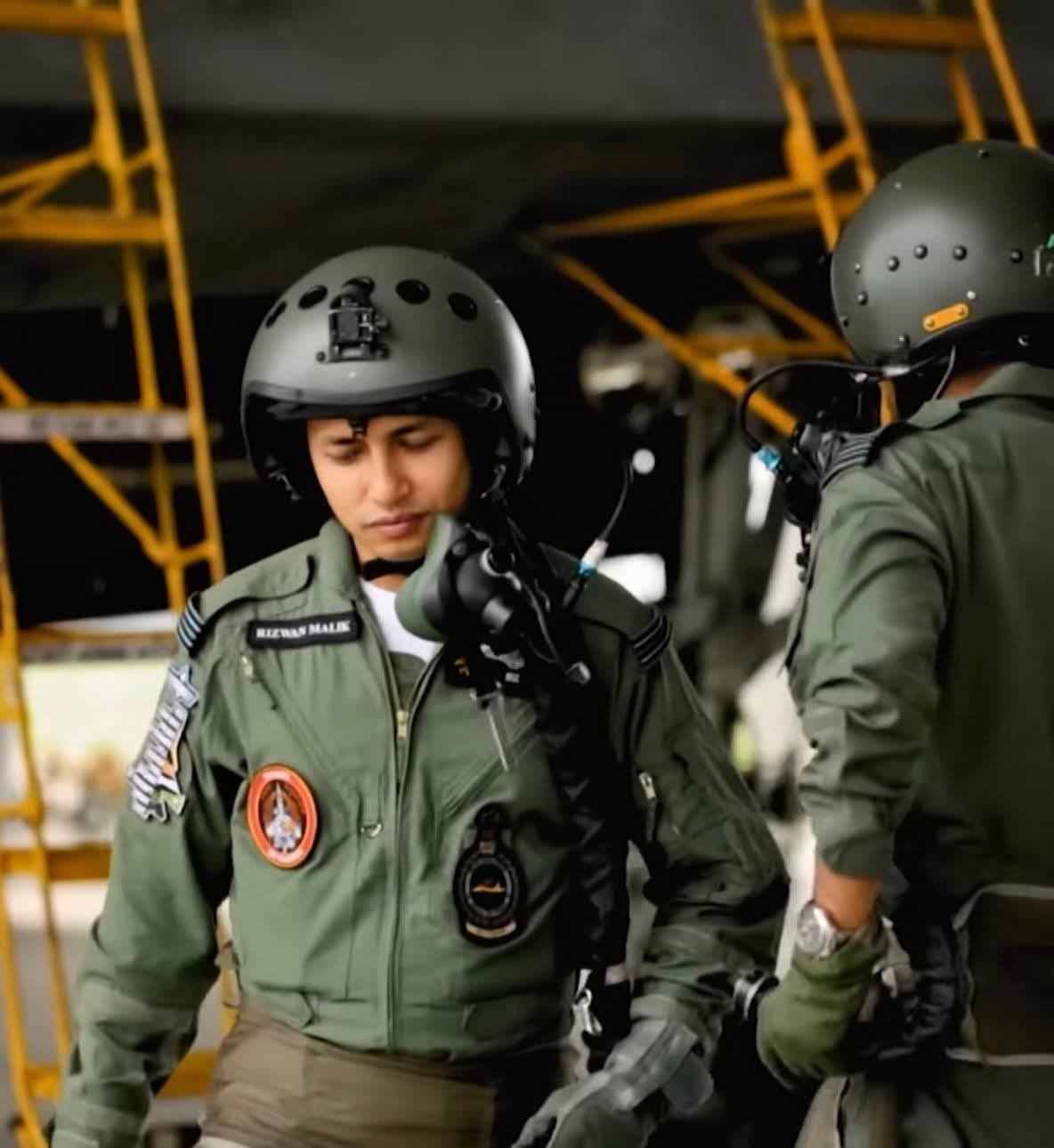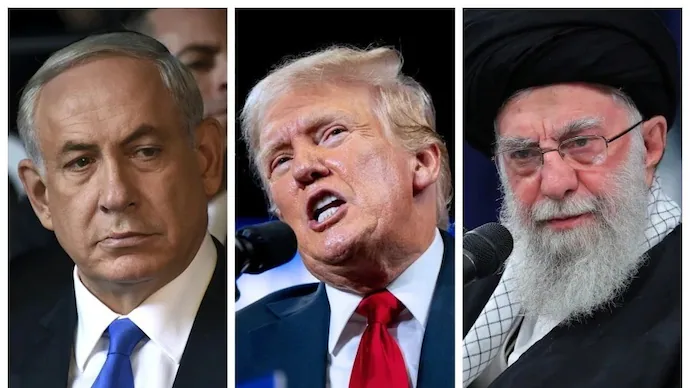June 18 and the Politics of Memory: Recalling the 2001 Manipur Uprising and Its Enduring Legacy
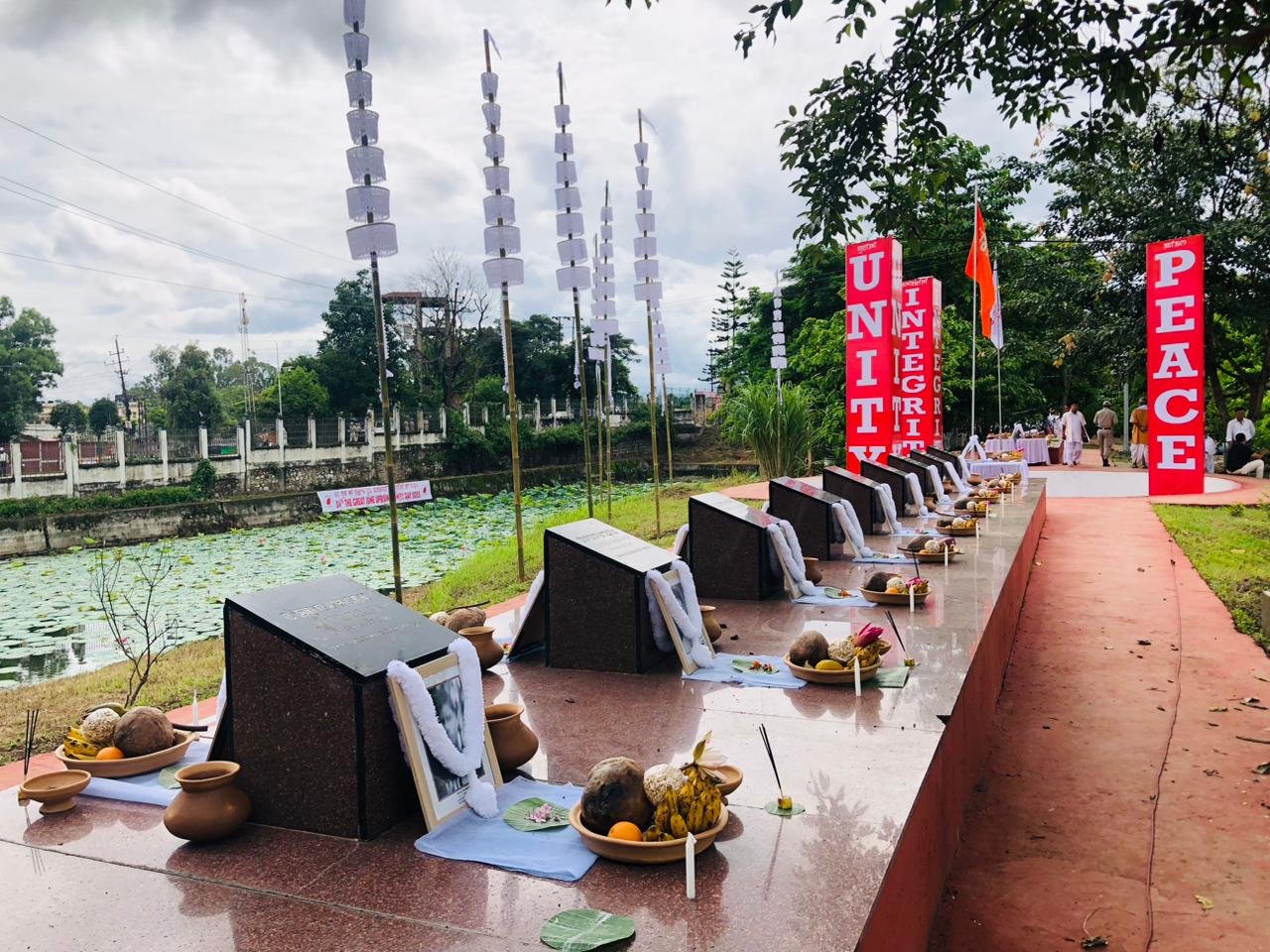
Imphal | June 18, 2025
On June 18 every year, Manipur remembers one of the most politically significant and emotionally charged moments in its recent history, the 2001 Uprising. Known locally as Unity Day, this annual commemoration is not only a tribute to the 18 people who lost their lives during the mass protests but also a living testimony to the people’s resistance against what was perceived as an existential threat to the territorial integrity of the state.
This essay-style news article investigates the background, immediate causes, sociopolitical consequences, and enduring meaning of the June 18 Uprising, situating it within the broader framework of Indian federalism, Northeast insurgency politics, and popular democratic resistance.
On June 14, 2001, the Government of India signed a revised ceasefire agreement with the National Socialist Council of Nagalim (Isak-Muivah) NSCN (IM), an armed Naga insurgent group demanding a sovereign “Greater Nagalim,” encompassing parts of Nagaland, Manipur, Assam, and Arunachal Pradesh. The clause “without territorial limits” within the agreement signified that the ceasefire would apply not only in Nagaland but also in Naga-inhabited areas beyond it.
The decision, made without the consultation of the Manipur state government or civil society, sparked outrage, particularly among the Meitei population in the Imphal Valley, who feared this would pave the way for the disintegration of Manipur’s territorial boundaries.
As political scientist Sanjib Baruah noted in Durable Disorder (2005), “The ceasefire became a metaphor for the central government’s disregard for peripheral sensitivities.” This apparent sidelining of local agencies triggered the political crisis that culminated in the uprising.
On June 18, 2001, tens of thousands of people took to the streets in Imphal in an emotionally charged protest. Students, youth groups, civil society organizations, and ordinary citizens marched toward the Manipur Legislative Assembly, some breaking through security barricades.
The demonstrators demanded immediate revocation of the ceasefire’s territorial extension. The situation turned violent when parts of the Assembly building were set ablaze, and security forces opened fire on the crowd. Eighteen protesters lost their lives, many of them young students. Their deaths were not seen as an isolated tragedy but as a collective martyrdom for the preservation of Manipur’s unity.
As recorded in the oral history archives of the United Committee Manipur (UCM), one student protestor was quoted saying:
“When Delhi tried to redraw our boundaries on paper, we answered with fire, not to destroy, but to defend.”
The ferocity of the protests shocked both the state and central governments. In response to the mass movement, the Government of India was forced to revoke the “without territorial limits” clause of the ceasefire on July 27, 2001. This reversal demonstrated the strength of democratic pressure from below and was considered a rare instance of policy change driven by public resistance in Northeast India.
The United Committee Manipur (UCM), an umbrella organization of various civil society bodies, was formed soon after and has since played a critical role in articulating the sentiments of the Manipuri population on issues of territorial integrity and political autonomy.
A former UCM spokesperson reflected in 2011:
“We did not fight Nagas. We fought Delhi’s indifference to the lives and histories of those who live in the hills and valleys.”
Since 2002, June 18 has been observed as Uprising Day or Unity Day, marked by wreath-laying ceremonies, torchlight processions, and public dialogues on the idea of Manipur’s unity across ethnic lines. Events are typically centered at Bir Tikendrajit Park in Imphal, where the names of the 18 martyrs are engraved in stone.
Notably, Unity Day is not recognized as an official state holiday, yet it is treated with solemn reverence by the public. This highlights the disjuncture between state recognition and people's memory. As Pierre Nora would describe it, this is a lieu de mémoire, a site of memory where collective trauma and political consciousness are annually reawakened.
One poignant quote from a memorial event reads:
“Unity is not a boundary drawn on maps, it is a fire lit in the hearts of those who remember.”
From a Unity Day commemorative speech, 2020The legacy of the June 18 uprising resonates profoundly in the present context of ethnic tensions between Meiteis and Kukis, calls for separate administration, and debates over autonomy. The spirit of June 18 has been invoked by civil society and youth organizations who fear another era of disintegration, not necessarily from external agreements, but from internal communal divisions.
Scholars argue that while the 2001 uprising was about geographic integrity, the current moment demands a moral and emotional unity. In this light, the significance of Uprising Day is evolving—from defending borders to defending cohesion across communities that have long lived together in a fragile balance.
The June 18 uprising of 2001 remains one of the most remarkable instances of civic resistance in Indian democracy. It was not a separatist rebellion but a mass demand for inclusion, consultation, and respect. It reminded the nation that peripheral regions like Manipur are not passive recipients of policy but are deeply invested in their own political destiny.
As Manipur continues to navigate a volatile political terrain, Unity Day stands as a call not only to remember the past but to act with conscience in the present.
To quote from a student speaker during the 2024 Unity Day address:
“We remember the martyrs not because they died, but because they taught us how to live with dignity, with defiance, and with unity.”
On June 18 every year, Manipur remembers one of the most politically significant and emotionally charged moments in its recent history, the 2001 Uprising. Known locally as Unity Day, this annual commemoration is not only a tribute to the 18 people who lost their lives during the mass protests but also a living testimony to the people’s resistance against what was perceived as an existential threat to the territorial integrity of the state.
This essay-style news article investigates the background, immediate causes, sociopolitical consequences, and enduring meaning of the June 18 Uprising, situating it within the broader framework of Indian federalism, Northeast insurgency politics, and popular democratic resistance.
On June 14, 2001, the Government of India signed a revised ceasefire agreement with the National Socialist Council of Nagalim (Isak-Muivah) NSCN (IM), an armed Naga insurgent group demanding a sovereign “Greater Nagalim,” encompassing parts of Nagaland, Manipur, Assam, and Arunachal Pradesh. The clause “without territorial limits” within the agreement signified that the ceasefire would apply not only in Nagaland but also in Naga-inhabited areas beyond it.
The decision, made without the consultation of the Manipur state government or civil society, sparked outrage, particularly among the Meitei population in the Imphal Valley, who feared this would pave the way for the disintegration of Manipur’s territorial boundaries.
As political scientist Sanjib Baruah noted in Durable Disorder (2005), “The ceasefire became a metaphor for the central government’s disregard for peripheral sensitivities.” This apparent sidelining of local agencies triggered the political crisis that culminated in the uprising.
On June 18, 2001, tens of thousands of people took to the streets in Imphal in an emotionally charged protest. Students, youth groups, civil society organizations, and ordinary citizens marched toward the Manipur Legislative Assembly, some breaking through security barricades.
The demonstrators demanded immediate revocation of the ceasefire’s territorial extension. The situation turned violent when parts of the Assembly building were set ablaze, and security forces opened fire on the crowd. Eighteen protesters lost their lives, many of them young students. Their deaths were not seen as an isolated tragedy but as a collective martyrdom for the preservation of Manipur’s unity.
As recorded in the oral history archives of the United Committee Manipur (UCM), one student protestor was quoted saying:
“When Delhi tried to redraw our boundaries on paper, we answered with fire, not to destroy, but to defend.”
The ferocity of the protests shocked both the state and central governments. In response to the mass movement, the Government of India was forced to revoke the “without territorial limits” clause of the ceasefire on July 27, 2001. This reversal demonstrated the strength of democratic pressure from below and was considered a rare instance of policy change driven by public resistance in Northeast India.
The United Committee Manipur (UCM), an umbrella organization of various civil society bodies, was formed soon after and has since played a critical role in articulating the sentiments of the Manipuri population on issues of territorial integrity and political autonomy.
A former UCM spokesperson reflected in 2011:
“We did not fight Nagas. We fought Delhi’s indifference to the lives and histories of those who live in the hills and valleys.”
Since 2002, June 18 has been observed as Uprising Day or Unity Day, marked by wreath-laying ceremonies, torchlight processions, and public dialogues on the idea of Manipur’s unity across ethnic lines. Events are typically centered at Bir Tikendrajit Park in Imphal, where the names of the 18 martyrs are engraved in stone.
Notably, Unity Day is not recognized as an official state holiday, yet it is treated with solemn reverence by the public. This highlights the disjuncture between state recognition and people's memory. As Pierre Nora would describe it, this is a lieu de mémoire, a site of memory where collective trauma and political consciousness are annually reawakened.
One poignant quote from a memorial event reads:
“Unity is not a boundary drawn on maps, it is a fire lit in the hearts of those who remember.”
From a Unity Day commemorative speech, 2020The legacy of the June 18 uprising resonates profoundly in the present context of ethnic tensions between Meiteis and Kukis, calls for separate administration, and debates over autonomy. The spirit of June 18 has been invoked by civil society and youth organizations who fear another era of disintegration, not necessarily from external agreements, but from internal communal divisions.
Scholars argue that while the 2001 uprising was about geographic integrity, the current moment demands a moral and emotional unity. In this light, the significance of Uprising Day is evolving—from defending borders to defending cohesion across communities that have long lived together in a fragile balance.
The June 18 uprising of 2001 remains one of the most remarkable instances of civic resistance in Indian democracy. It was not a separatist rebellion but a mass demand for inclusion, consultation, and respect. It reminded the nation that peripheral regions like Manipur are not passive recipients of policy but are deeply invested in their own political destiny.
As Manipur continues to navigate a volatile political terrain, Unity Day stands as a call not only to remember the past but to act with conscience in the present.
To quote from a student speaker during the 2024 Unity Day address:
“We remember the martyrs not because they died, but because they taught us how to live with dignity, with defiance, and with unity.”
